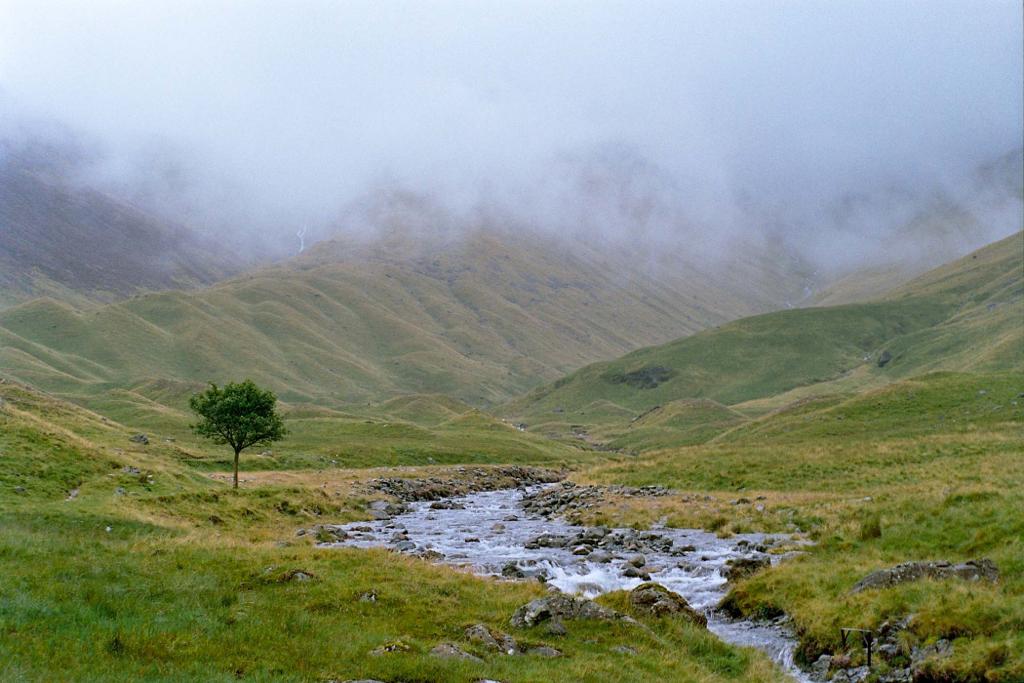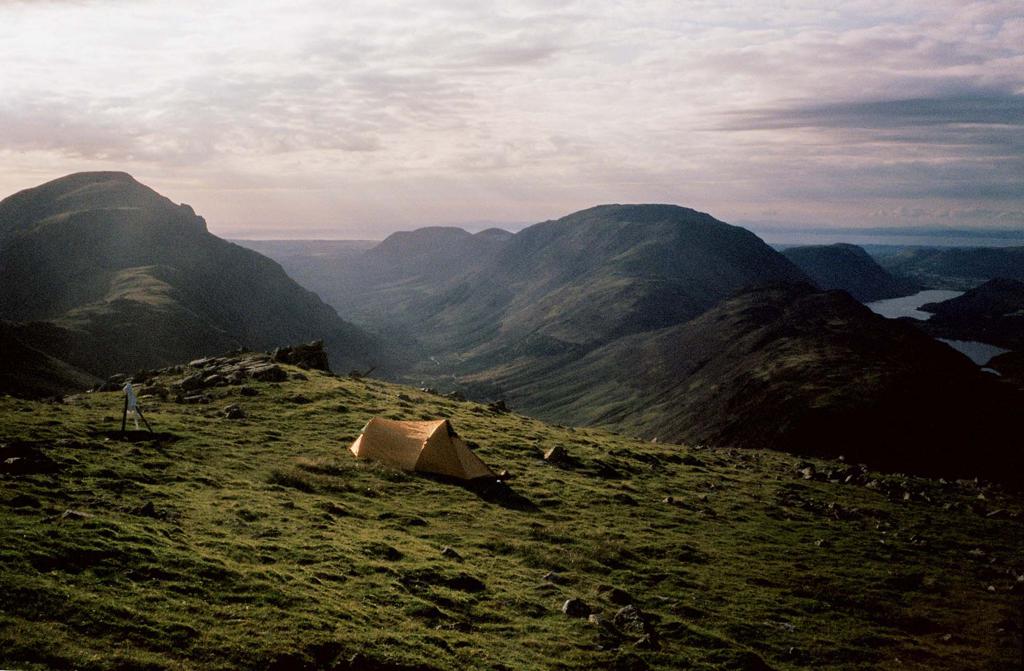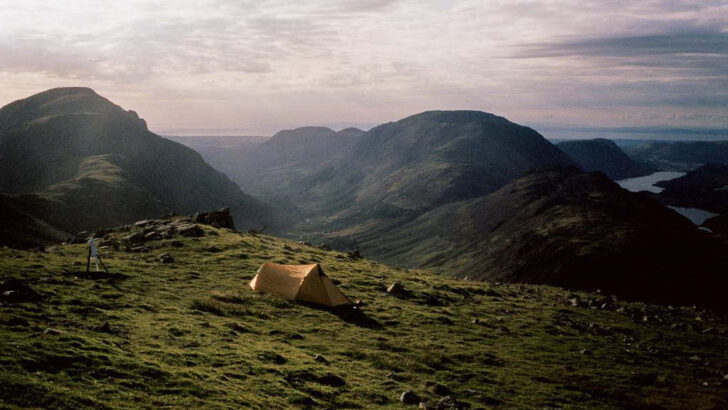Lighting is one of the most important elements in landscape photography. The quality of light has a huge impact on the mood, atmosphere and feeling of a landscape photograph. The quality of light can be used to create dramatic and powerful images, or to evoke a sense of tranquility and peace.
Light can be used to emphasize certain elements in a landscape, such as trees or mountains, and to draw attention to the details of a scene. For example, the light of a setting sun can be used to create a glowing effect on a mountain or silhouette a tree against the sky. Early morning light can cast a soft, warm glow over a landscape, creating a peaceful atmosphere.
Intensity and Color Temperature of the Light
The intensity and color temperature of the light can have a huge impact on the mood, atmosphere, and overall look of a landscape photograph.
The intensity determines the amount of detail and contrast that can be seen in the image. If the light is too bright, details will be washed out and the photograph will lack depth and contrast. If the light is too dim, the photograph will lack clarity and the colors will be muted. Finding the perfect balance of light intensity is essential to creating a great landscape photograph.
The color temperature of the light is also very important. Warm light is often associated with a cozy, inviting atmosphere, while cooler light can create a more mysterious, ethereal feel. Different color temperatures can also bring out different elements in a landscape photograph. For example, cool light can bring out the blues of bodies of water and the greens of vegetation, while warm light can bring out the reds and oranges of rocks and trees.
By carefully considering the light’s intensity and color temeprature and finding the perfect balance, photographers can create stunning landscape photographs that capture the beauty of the natural world.

The direction of the light
The direction of light is also important in landscape photography. If you are shooting a landscape with a large expanse of sky, it is best to shoot at dawn or dusk when the light is coming from the side. This will create a more dynamic light pattern and allow you to capture the subtle gradations of color in the sky.
The Three Factors that Affect the Quality of the Light
The three most important factors that affect the quality of the light in landscape photography are the time of the day, the season, and the weather.
The time of the day
The time of day is the most influential factor when it comes to the quality of the light in landscape photography. Photographers often use the warm light of sunrise and sunset to capture stunning images. This period of the day is known as the “golden hour” due to its soft, warm, and diffused light. The golden hour is also the best time to capture dramatic shadows and silhouettes.
The season
The season is another important factor that affects the quality of the light in landscape photography. During summer, the light is strong and direct and can be used to create beautiful, high-contrast images. In autumn, the light is softer and warmer and can be used to capture the vibrant colors of the season. Winter is the perfect time to capture the crisp blue hues of the snow, while spring brings with it the promise of new beginnings with soft and diffused light.
The weather
Finally, the weather can have a significant impact on the quality of the light in landscape photography. Photographers often use cloudy or rainy days to capture reflections, misty waterfalls, and dramatic skies. On the other hand, clear days are great for capturing sharp, vibrant colors that stand out against a bright blue sky.

The quality of light can make or break a landscape photograph, so it is important to consider the time of day, the direction of the light and the intensity of the light before you start shooting. With careful consideration, you can use the quality of light to create powerful images that capture the beauty and atmosphere of the landscape.
